
Newsletter Subscribe
Enter your email address below and subscribe to our newsletter

Enter your email address below and subscribe to our newsletter

Putting on braces typically takes about one to two hours. This process starts with cleaning and drying your teeth, followed by applying an adhesive to attach the brackets. Once the brackets are in place, the orthodontist will thread the archwire through them and secure it with elastic bands. The procedure is straightforward and doesn’t cause pain, though you might feel some pressure or minor discomfort.

To immediately reduce braces pain, you can apply a cold compress to numb the area and decrease inflammation. Rinse your mouth with warm salt water to soothe sore gums. Use orthodontic wax on any brackets that are causing irritation, and consider taking over-the-counter pain relievers like ibuprofen or acetaminophen as directed.
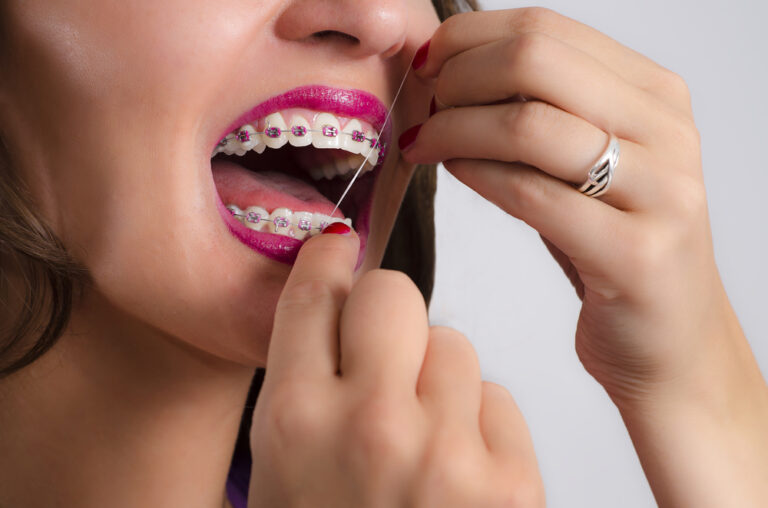
Flossing with braces requires a floss threader. Thread floss above the wire, guiding it between teeth, and gently move it back and forth. Glide it along the gum line to remove plaque and food debris. Repeat between each tooth and under the wire for thorough cleaning. This routine helps keep your teeth clean and prevent issues like gum disease during orthodontic treatment.
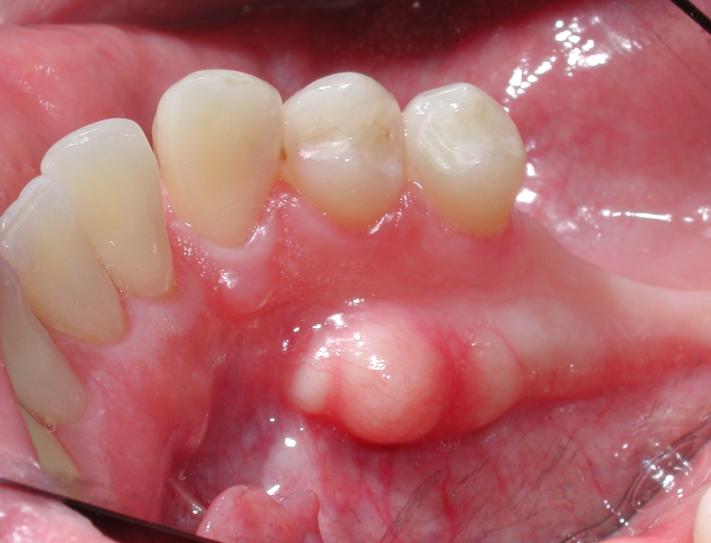
Mandibular tori are bony growths on the inside of the lower jaw that often cause no symptoms. In some cases, though, they can irritate the tongue or nearby tissues, leading to discomfort or ulcers. Large tori might interfere with dentures or speech. If you experience these issues, a dentist can advise on management or removal.
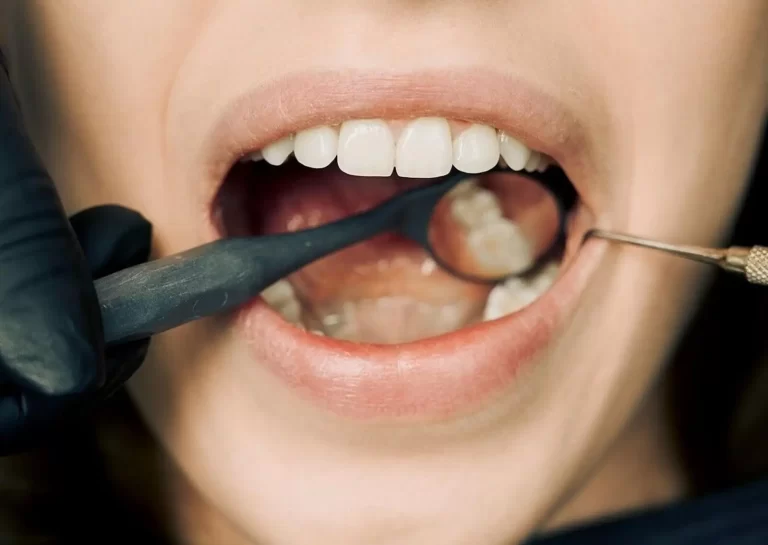
Infected gums after wisdom tooth removal can cause increasing pain, swelling, fever, bad taste in your mouth, and even discharge. Don't ignore these signs! See your dentist immediately. They'll likely prescribe antibiotics and clean the area to fight the infection. Early treatment is key for a quick recovery.
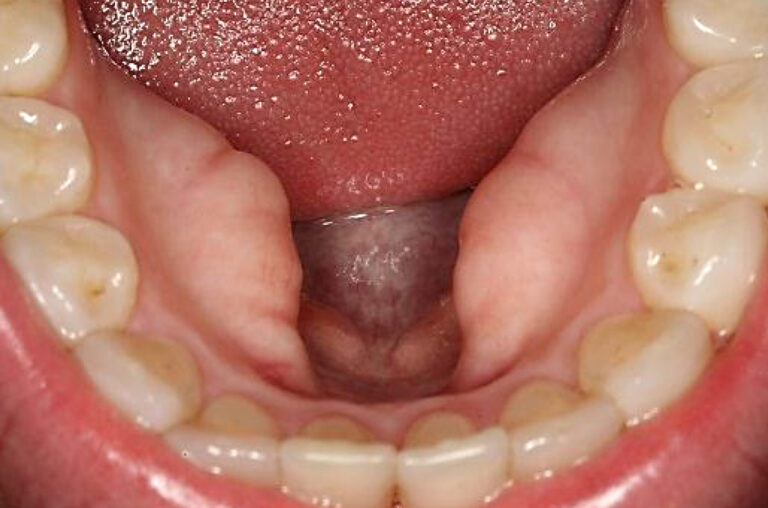
There is no direct link between vitamin deficiencies and the development of mandibular tori, but maintaining a balanced diet rich in these vitamins and minerals is still important for overall bone health and may indirectly influence bone density and growth.

Do your gums hurt in one particular spot? Find out what the potential causes are and when to worry about this specific pain.
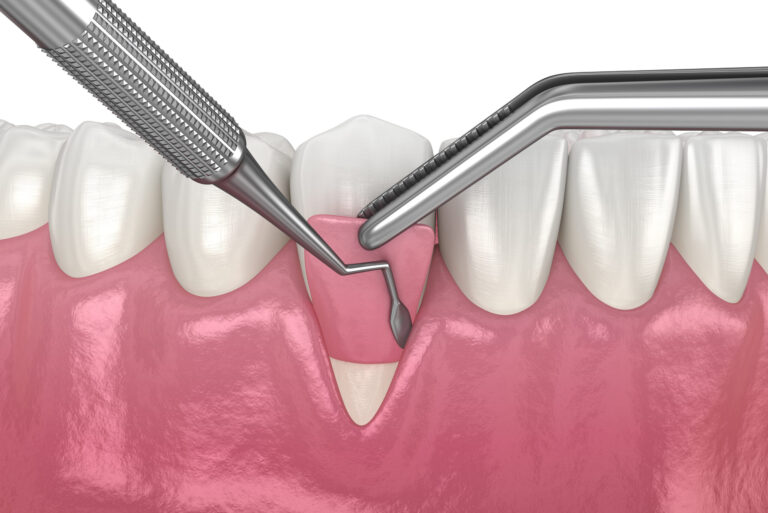
Consider gum grafts for receding gums! This procedure protects teeth, enhances smiles, and boasts high success rates (76-98.4%). Be aware of the signs of failure (ongoing recession, pain, etc.) and risk factors (smoking, poor hygiene). Learn how to minimize risk and achieve successful gum graft healing.

Discover what the white stuff during tooth extraction healing is, why it's a normal part of the recovery process, and tips for care. Learn more now.

Learn about the dangers of untreated tooth infections, including symptoms, progression, and timeline to severe health complications. Get expert advice on prevention and treatment to protect your health.
Dental articles in your inbox. Subscribe